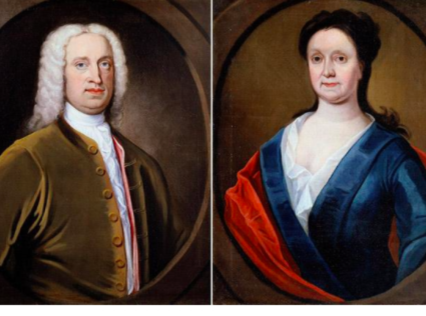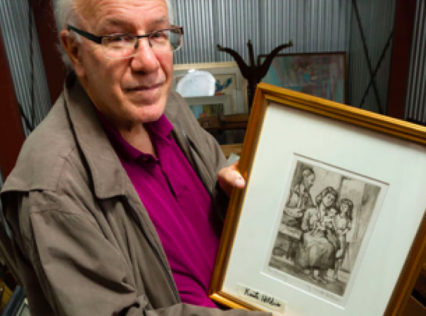5 Steps To A Successful Fine Art and Antiques Appraisal
Because the world of antiques and fine art is a volatile one in which fair market values can change with the seasons and with taste, an appraisal on your fine arts and antiques, collectibles and collections should be done at least once every ten years. That way, should death, divorce or disaster strike, you won’t be leaving current valuations to chance or to internet comparisons by people who may not have your best interests at heart.
On my home page you saw that a Successful appraisal assures wealth. A successful appraisal assures security. A successful appraisal can break a lawsuit. A successful appraisal can create a smooth line of succession. A successful appraisal can neutralize the rancor associated with divorce settlements.
With that in mind, here are the 5 easy steps that all appraisals should include.
Step 1. The Process Begins and Ends with You.
It can start with a nagging thought that you really should get an appraisal or it can be brought on circumstances out of your control. It can demand immediate attention due to a family issue. It can be needed as a response to a legal settlement. In the end, you will decide how to handle the property once the value has been determined.

Step 2. Take pictures.
Before you call for a consultation with The Appraisal Group, take photographs of your valuables. These should be clear shots from the front. In the case of paintings, take a photo of the back too. You don’t have a super great photographer. An image taken with your iPhone, Samsung or Notebook will be find.
Step 3. Call The Appraisal Group
Email or call The Appraisal Group for a preliminary consultation. You will be in direct contact with David J. Goldberg, President. Explain your situation, giving him the reason for the appraisal, how you came about the items in questions. He will discuss fees, timing and set an appointment to meet with you. If you live out of the New Orleans area, Mr. Goldberg will travel to you.
Step 4. Prepare for the Appraiser’s Visit
Save yourself time and money by having your valuables in one place. If you are looking to have the contents of a house appraised, leave them as they are. It will be easier for Mr. Goldberg to do a walk through before taking out pen and pencil to note the characteristics of important pieces. You can expect the appraiser to take photographs too.
Step 5. The Valuation Report
Mr. Goldberg will leave your premises with his photographs and notes. He will do the actual evaluation off premises, in his office, where he can study the notes and photographs he has taken. Based on his expertise and, when needed, the opinion of a network of experts he works with, he will provide a written report of the fair market value. This document will carry the unique characteristics of the valuables, any provenance that is provided and a replacement value.
Once you have the appraisal report, you can decide what you want to do with your collection. The options are: keep everything as is, sell, endow or pass on to your progeny. Mr. Goldberg will be there to help you in making the right decision.







 Dec 16, 2022
Dec 16, 2022 





